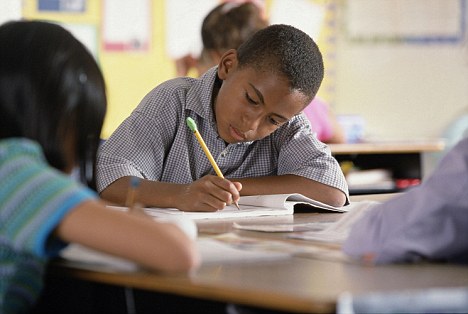Advertisement
/ Customer
service
| About Us | Contact Us | Tell us what you think
| Jobs |
Shopping | Scandinavian
Dating | Archive
| Cookies
OECD Education at a glace show Sweden, Finland fares well in education diversity, UK lags
Tuesday, 11 September 2012The Organisation for Economic Co-operation and Development, (OECD) believes that countries need an increasingly educated and skilled workforce to succeed in today’s knowledge economy. This comes after today's Education at a glace report which shed light on how some leading countries of the organisation prepare to attain a skilled work force in that manner.
The report holds that Australia, Finland, Ireland and Sweden have the highest success rates in the OECD for young people with poorly-educated parents attaining a tertiary degree. But in Italy, Portugal, Turkey and the United States, more than 40% of young people from low educational backgrounds have not completed upper secondary education, and less than 20% have attained tertiary qualifications.
“Investing from an early age is crucial to lay the foundations of later success. High quality education and skills have to be among the number one priorities for governments, for economies and for societies. Supporting the poorest and ensuring equal access is another important pillar in an inclusive education policy strategy,” says the OECD Secretary-General Angel Gurrķa in the report.
 Examining
it by country, Schools in the UK are among the most socially segregated
in the developed world, according to the OECD education report. The
OECD report warns disadvantaged children are too often concentrated
together in schools. This applies both to the children of poorly
educated parents and to those of immigrant families.
Examining
it by country, Schools in the UK are among the most socially segregated
in the developed world, according to the OECD education report. The
OECD report warns disadvantaged children are too often concentrated
together in schools. This applies both to the children of poorly
educated parents and to those of immigrant families.These latest figures, which are from 2010, reveal the UK has unusually high levels of "segregation" in terms of poorer and migrant families being clustered in the same schools, rather than being spread across different schools.
The increasing costs of entry to higher education for many families may impede countries’ own goals of increasing educational attainment in their populations, warns the OECD.
Education at a Glance provides comparable national statistics about education for the 34 OECD member countries, as well as Argentina, Brazil, China, India, Indonesia, Russia, Saudi Arabia and South Africa.
This year’s report includes indicators on public and private spending on education, tuition fees, adult participation in education, class sizes, teacher salaries, and decision -making powers of schools, and analysis of national exam systems and the criteria for attending tertiary education.
by Scancomark.com Team
What do you think about this article? Would like to leave comments? Join our network!
 |
|

